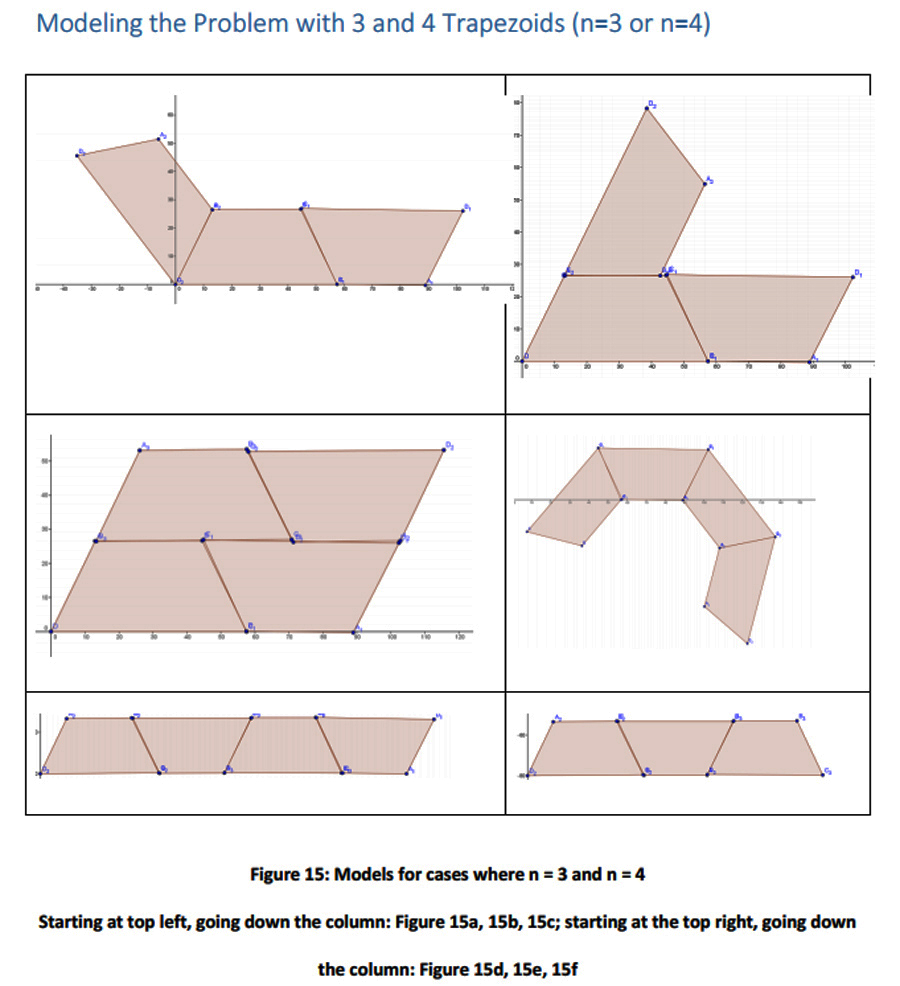
It's a question teachers ask themselves each year: How should I arrange my classroom? Of course constraints like class size, room size and tables vs. desks will yield different arrangements. One student from Scottsbluff studied the question and arrived at some mathematically sound results.
High school student Andrew Bartow from Scottsbluff Public Schools was assigned a project in which he was asked to determine the best arrangement of tables for a classroom based on sound (and mathematical) reasoning. Teacher Shelby Aaberg (2013 and 2011 Nebraska State Finalists, Presidential Award for Excellence in Math, 2009 Siemens Award for Advanced Placement Teacher – Nebraska winner) assigned the open-ended project to students in his Mathematical Theory & Problem Solving class, not certain of how they would respond.
The quality of his students’ solutions surprised him, especially the work of senior Andrew Bartow, featured in this article.
The project started with this problem:
A teacher needs to fit 19 students in her classroom around a set of 9 trapezoidal tables (with a 10th auxiliary table available if needed). Using these 10 trapezoids with given dimensions, what configuration is the most efficient use of the tables and of the room that is able to seat the 19 students? If possible, the teacher wishes for all students to face each other.
Check out Andrew Bartow's response at:
http://go.unl.edu/trapezoid.
For more open ended projects and examples of student work from Aaberg's problem solving class, visit Aaberg's blog at http://mathleticism.net.
Note: Andrew Barton also designed the 2013 UNL Math Day poster. If you have a student who would be interested in designing a poster for the 25th Math Day in 2014, please email Lindsay Augustyn at laugustyn2@unl.edu.